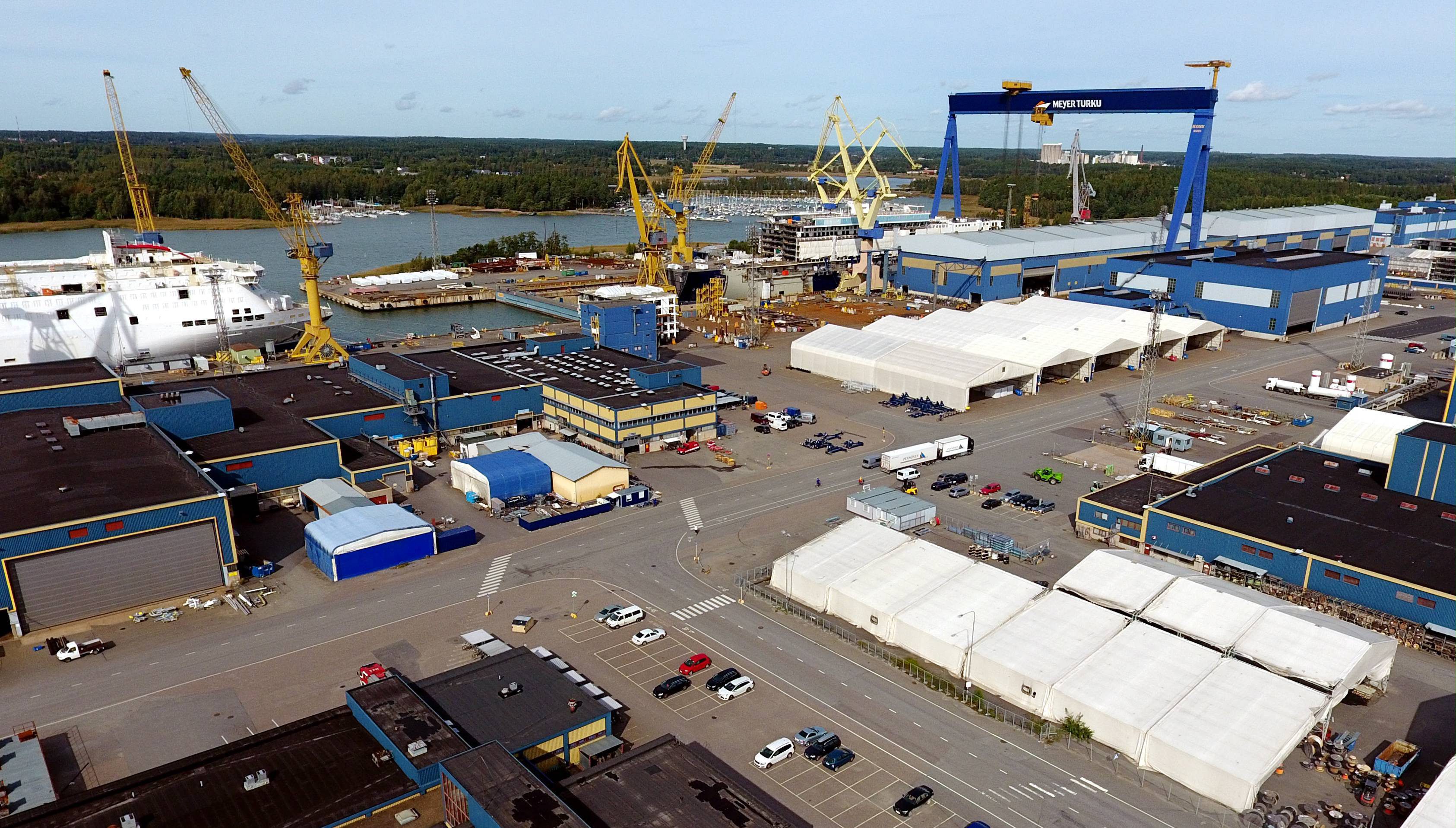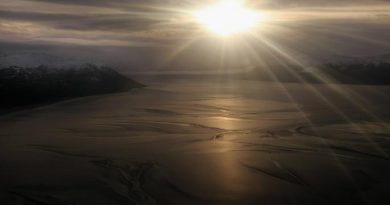Bank of Finland: Economic growth to begin slowing after 2017

The Bank of Finland says economic growth will begin to decline after peaking this year. An ageing population will also create a drag on household savings.
In a new economic forecast released this month, the Bank of Finland predicted that private consumption will increase on the back of growing employment and a boost to consumer purchasing power. However the Bank foresees households’ savings rate remaining negative and also expects them to continue to amass more debt.
By mid-2017, household debt amounted to nearly 128 percent of income and in 2020 that figure is set to reach 129 percent of income, according to the economic outlook.
Meanwhile the central bank expects the savings rate among households to decline due to the country’s ageing population. There has been long-term growth in the share of pensioners’ income as well as households’ disposal income in households’ financial assets. A growing proportion of household incomes represent pensions and other social benefits.
“The debt burden among younger age groups has been growing continuously, so the main way that younger age cohorts will be able to save is by paying off their mortgages,” the bank noted.
Overall, some 70 percent of household assets are tied up in home ownership. However financial assets invested in vacation homes are for the most part represented by older, generally debt-free households.
Bank of Finland governor Erkki Liikanen said on Twitter that the low employment rate among young Finnish men was also a great cause of concern for policymakers.
Economic growth to slump after this year
The central bank’s economic forecast predicts that economic growth in 2017 will reach 3.1 percent and come in at 2.5 percent in 2018. GDP will thereafter continue to expand, but at a slower rate – just 1.5 percent in 2019 and 2020.
The will be little upward pressure on costs and inflation – the annual increase in costs — will remain below that of the rest of the eurozone between 2017 and 2020.
Although the current economic upswing appears to be stronger and more broad-based than previously expected, the rate of growth seen in 2017 will not persist into the years ahead. The Bank speculated that the economic surge was driven for the most part by external factors such as accelerated global trade.
According to the forecast, employment in Finland will gradually increase, fuelled by a surge in industrial activity. It predicted that a demand for labour in the workforce would step up employment, but imbalances in the labour market, structural changes in the population and other supply-side problems in the labour market would put the brakes on improved employment.
Improved public finances
The ratio of the public sector deficit to GDP will fall to 1.1 percent in 2017, and continue to decline to 0.7 percent by 2020.
According to the economic overview, the improved economy will not entirely resolve public finance imbalances in the long term. The public sector sustainability gap still stands at three percent.
The authors of the outlook stressed the problem of increased spending on elder care services and pensions as the population ages, as well as a slowdown in productivity growth.
“The situation in public finances can be eased by implementing structural reforms. The pension reform has already substantially improved the outlook. Other near-term policy decisions that will play an important role are social and health care reform as well as various measures aimed at strengthening employment over the long term,” central banker Liikanen said in a release.
Related stories from around the North:
Canada: Canada announces $175 million investment in Arctic waters protection, Eye on the Arctic
China: China’s Belt and Road initiative moves into Arctic, blog by Mia Bennett
Finland: Finland: Economic boost should continue in 2018, Yle News
Norway: Tourism on the rise in waters around Svalbard, Norway, The Independent Barents Observer
Russia: Northern Sea Route is free of ice, Arctic shipping thrives, The Independent Barents Observer
South Korea: South Korean company plans shipping through Arctic Russia, The Independent Barents Observer
Sweden: Swedish PM questions Chinese warships in Baltic Sea, Radio Sweden
United States: Alaska’s cruise industry just keeps getting bigger, Alaska Dispatch News



